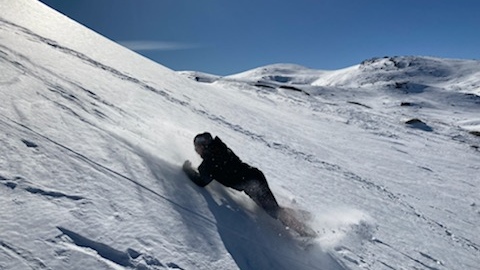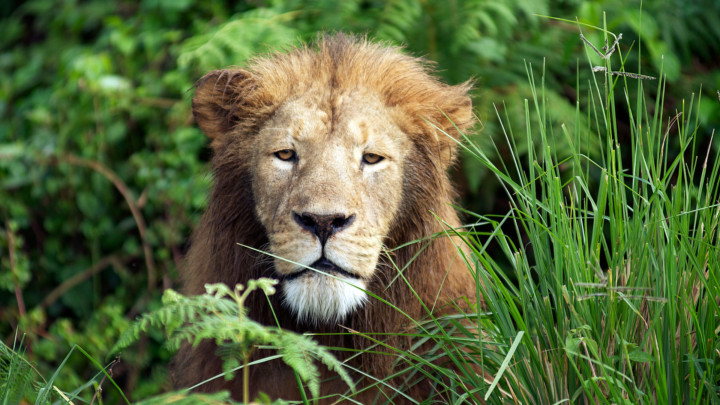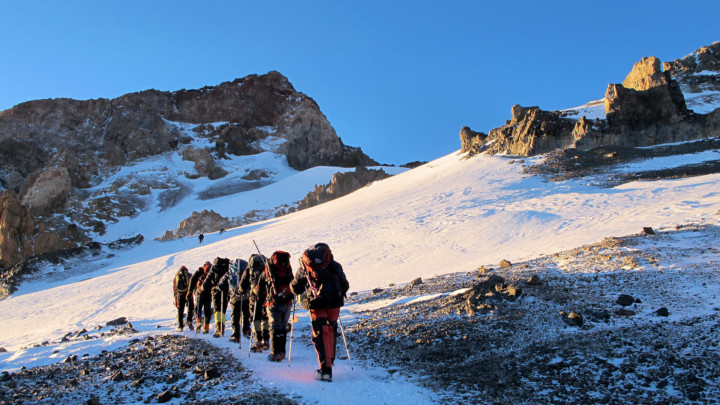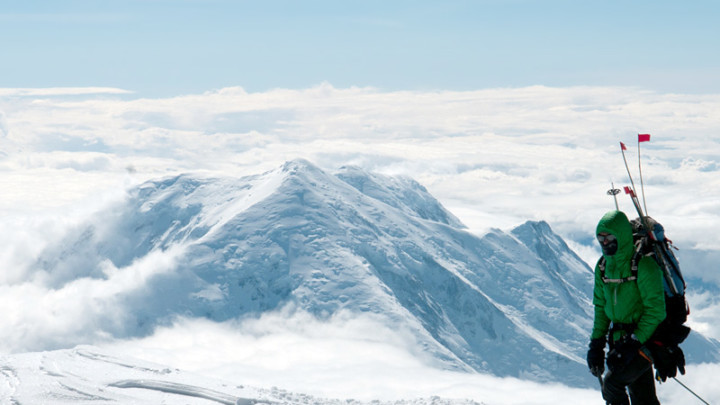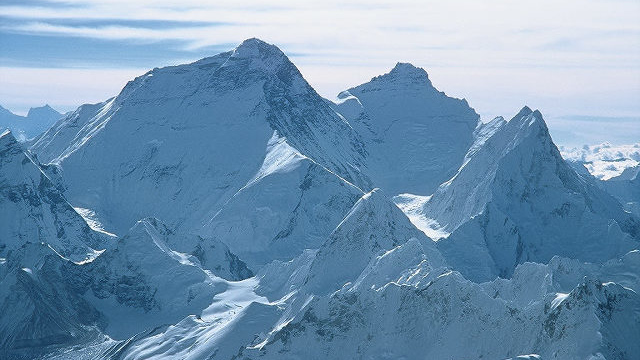About the Seven Summits
The Seven Summits - The Ultimate Climbing Bucket List
The Seven Summits are defined as the highest peaks on each of the seven continents.
A mighty goal, climbing all of these mountains is a pinnacle achievement that many mountaineers dream of.
It’s a phenomenal feat that requires extreme fitness, commitment, determination, resilience and courage and as such, joining the ‘Seven Summiters’ club is a very exclusive privilege held by few people.
Listed in order of the largest continental landmass they are:
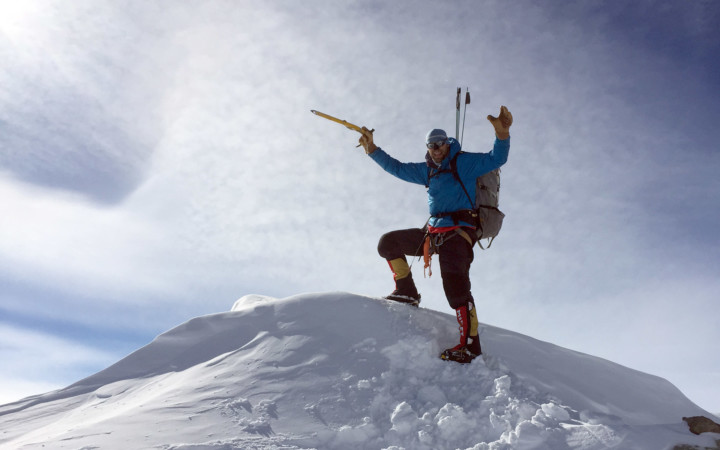
Asia: Mount Everest
(29,035ft | 8,848m)
Africa: Mount Kilimanjaro
(19,340ft | 5,895m)
North America: Denali
(20,320ft | 6,194m)
South America: Aconcagua
(22,841ft | 6962m)
Antarctica: Vinson Massif
(16,050ft | 4892m)
Europe: Mount Elbrus
(18,510ft | 5642m)
Australia: Mount Kosciuszko
(7,310ft | 2228m)
Or Australasia: Carstensz Pyramid
(16,023ft | 4884m)
* Some people define ‘continent’ differently leading to an alternate ‘seventh summit’.

What Order Should I Complete the Seven Summits in?
The beauty of the Seven Summits is it has a natural progression that suits a beginner adventurer all the way through to more experienced climbers meaning that while monumental, it is a goal that can be held by anyone.
There are lots of ways to tackle the Seven Summits and the progression you take will depend on your individual situation (time constraints, financial constraints, family/life/work situation) Everyone is different and there is no one-size-fits-all approach.
Most climbers tend to tackle the a goal starting from easiest to hardest, from lowest altitude to highest, or by trying to group expeditions by region. For instance, new climbers can start with smaller, shorter expeditions like Elbrus and work their way up to bigger, more committing climbs. These trips will give climbers an indication of how they will do on the more serious climbs and at higher altitudes. The financial and time burdens of these smaller expeditions are also less onerous than Mount Everest or Vinson Massif.
More experienced climbers might tackle the goal by grouping climbs in regions and capitalising on prior climbs as training and acclimatisation for the next one. For instance, they might go directly from Everest to Denali earlier in their goal as it suits their schedule/world travel plan.
Climbers will always have different opinions about which peaks are more serious and which should be tackled first, but ultimately the order is up to you as the individual.
Here is a general progression that you might consider:
How Long Does It Take To Complete The Seven Summits?
Completing the Seven Summits can take as little as 1 year and as long as a lifetime to complete. The length of the goal depends on how much (or how little) time you have, your financial resources and your work/home/life/family situation. Most people take approximately 2-5yrs.
We are help when you are ready to plan your goal and can advise you on a plan that meet your needs whether you are going for a new ‘World Record’ or chipping away at it over a decade.
How Much Does It Cost to Climb the Seven Summits?
To complete the entire Seven Summits from start to finish is a solid financial, physical and time commitment. The total cost depends on how you approach the project, your experience level and climbing style.
The most cost effective way to tackle them is to join us our regularly scheduled team expeditions but you can also customize your timeline by doing private expeditions that suit you. You should be budgeting at least $135,000 as a starting point, not including gear, travel, insurance etc.
Committing to multiple expeditions or your entire goal also enables CTSS to give you a discount so feel free to chat to us about price and how we can help save you money.
Special considerations on gear: To be economical, we recommend taking a smart approach to buying your gear for the Explorer’s Grand Slam. Most of the gear you buy can be used for many, if not all of the expeditions, so make sure to capitalize on these efficiencies while purchasing gear.
Please talk to us about this & check out our Gear Guide for more information.
Prior Experience & Prerequisites
The Seven Summits is a great progression goal meaning you don’t need prior experience to get started.
Of course it is an advantage to build or have a solid background in alpine, ice, and rock climbing techniques and be very physically fit but the advantage of the Seven Summits is you can build these skills and your strength as you go.
Mentally; you should be comfortable with being away from home/work for weeks/months at a time, have the desire for ‘rugged’ adventure travel, be able to manage stress effectively, be open to guidance and able to work well in a team environment.
Here are the skills that you will master on the smaller peaks which you will need to be successful on the larger expeditions;
- Ropped glacier travel
- Rigging for glacier travel with a sled
- Cramponing
- Ice axe techniques
- Self arrest and team arrest
- Crevasse rescue
- Fixed line ascension; using a harness, ascender (jumar), ascender carabiner, primary safety (lobster claw) for descending or traversing while passing other climbers of anchors
- Rappelling
- Snow, ice and rock anchors
- Running belays
- Altitude illness awareness
- Camp setup
- GPS use and route finding
- Rest step
- Pacing
- Packing a pack
- Layering clothing
Fitness and Training
Completing the Seven Summits is a challenge even for extremely fit individuals. If you have the desire to tackle this goal, building top notch fitness and maintaining it over a long period of time is a must. Further this needs to be a high level of ‘climbing specific fitness’ and aerobic capability and strength.
It is vital that your training closely simulates what you will be doing on the mountain. Traditional gym workouts, body building workouts or general fitness plans aren’t targeted enough. While some of the expeditions are easier than others or require different types of fitness (rock climbing, carrying heavy loads etc) generally the best way to get fit for climbing is to climb. There is no substitute for getting out there and the more you climb the more prepared you will be for an expedition. The smaller, more approachable peaks will help you do this, but you still need to train for each and every expedition.
As a general rule climbers need to be able to carry heavy loads or pull heavy sleds for six to ten hours per day for multiple days in a row. Summit days on most of the Seven Summits consist of 3000-5000ft (1000 – 2000m) of elevation gain over ten to twenty hours of climbing. Outside of climbing, the most effective way to train is to undertake long day hikes with a large amount of elevation at least once a week for five to ten hours at a time. It’s great if you have the opportunity on weekends to do multiple days back to back to simulate the sustained output you will need to have in the mountains.
For success you should:
- Be able to start training specifically at least 6 months in advance of your first departure
- Have the time to commit to training 5-6 days a week
- Be comfortable hiking 1,500 vertical ft per hour with a 20lb pack.
- Concentrate on High Volume but Low Intensity training.
- Remember that high altitude climbing is more about endurance than short, quick bursts of power.
Rest is also an important part of training. Make sure you taper off and rest several days before leaving on an expedition, because travel and jet lag can take a toll on the body. Most importantly don’t overtrain to exhaustion before you begin, or risk injury before the climb!
We have found that climbers who are the most successful work with specific mountaineering coaches who map out a specific training regimens for the mountains that suit your schedule and lifestyle.
The Seven Summits Guidebook
The first and only comprehensive Guide book to climbing all Seven Summits
Essential information on primary climbing routes and travel logistics for mountaineers
Includes the ‘8th' summit (Carstensz Pyramid)
High altitude tips, gear recommendations, in-depth descriptions, cost estimations etc
Authored by CTSS Owner, Mike Hamill
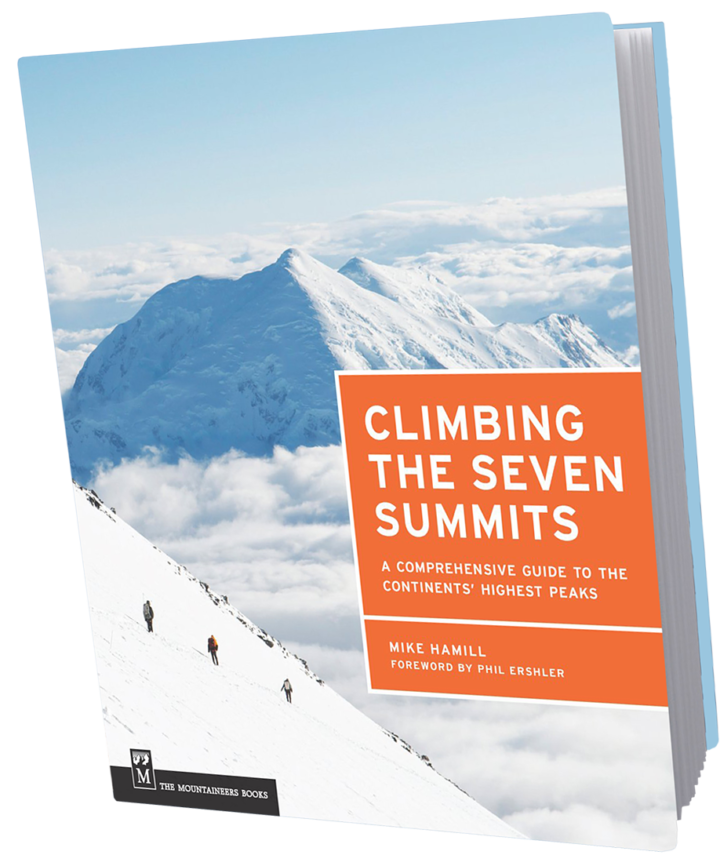

Owner & Lead Guide, Mike Hamill personally oversees every CTSS expedition alongside his handpicked team.
6x laps of the Seven Summits including 6x summits of Everest, (his fastest circuit in just over 200 days!)
One of the world’s premier high altitude mountain guides with over 20 years of experience
Literally wrote the guide book ‘Climbing the Seven Summits
130+ expeditions under Mike’s leadership, maintaining a 91% expedition summit rate
200+ climbers on top of 8000m peaks under Mike’s guidance
6x Reasons to Choose CTSS
Safety
Your safety and success are our priorities in that order. We make conservative decisions, plan redundancies and all our guides have wilderness medical training, safety & rescue plans & access to doctors 24/7 to help keep you safe.
Value for $
We keep our overheads low to pass savings on to you. We are proud to offer the best service for the most competitive price, without skimping on safety or taking shortcuts with logistics, staffing and infrastructure.
Holistic Approach
Our service goes far beyond the mountain. Think of us as your climbing coach, we’ll be there from start to finish to prepare, debrief and plan your progression as a mountaineer, whether your goal is a single summit or the Seven.
Guides & Team
Guides can make or break your climb. We hand pick the most qualified, tenured, tested and personable guides and Sherpa in the world. Owner and mountaineer Mike Hamill personally oversees the management of each expedition.
Our Values
We care about you, our people and the planet and we walk our talk by donating a percentage of every expedition to Tiger of the Snows fund which supports outdoor tourism workers all over the world and following strict Leave No Trace principles amongst other initiatives.
Success
We have an unparalleled summit success rate. How? We do it in a myriad of ways; like a great chef’s secret sauce, we've fine tuned the recipe over decades but most importantly, we believe in you & your ability to achieve your goals and are invested in putting you on top.
You may also like these Expeditions
Consider these expeditions
The word trust comes to mind when I think about CTSS and why I will continue to engage them in future. When undertaking activities as serious as mountain climbing you need people you can trust, not to just make the good times happen but who have your back if things go bad.
- Scott G, Australia

Testimonials
An incredible experience from start to finish. I can’t say enough what a difference it makes to have a great guide who cares so much about the whole experience and a great time to make the journey so special. I hope this is the first of many climbs with CTSS for me.Kevin A, USA
I cannot even put into words how incredible that trip was for me – you truly run everything top notch and it shows in every single part of the trip. Your patience in teaching/coaching in a way that I didn’t feel intimidated by was amazing and so so appreciated. I am in awe of this whole experienceJulie M, USA
As expected you run a first class show from start to finish… I look forward to the next adventure.Len F, USA
